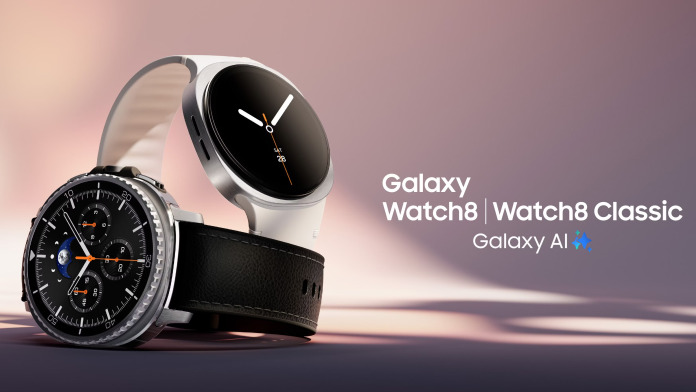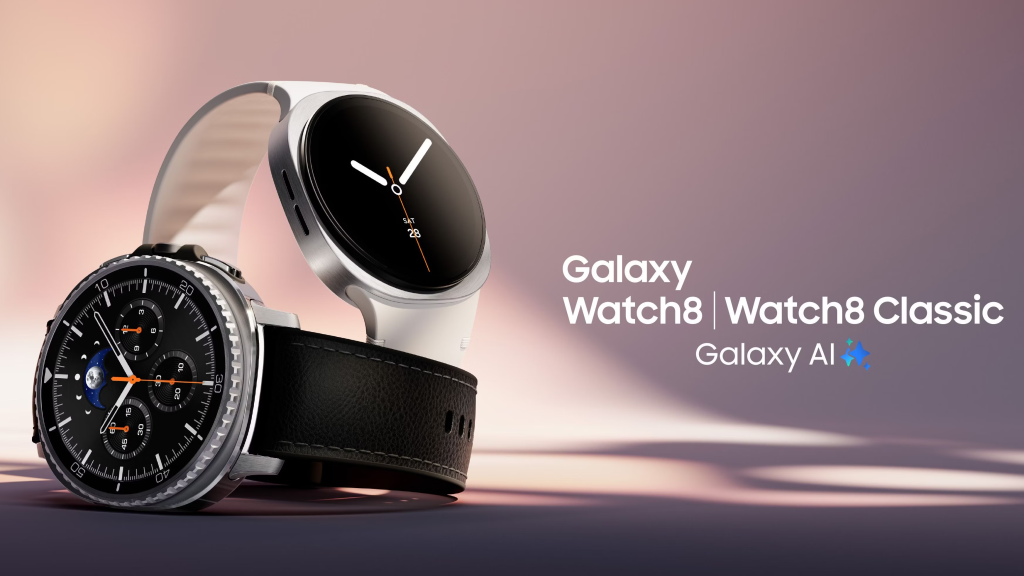
Who says wearables have lost their tricks? The Galaxy Watch 8 arrives with a set of features that push the limits of what wearables can do for health, fitness, and everyday convenience. Samsung’s new flagship doesn’t merely track steps or vibrate with notifications it pushes the limits of personal health technology, sometimes to create more controversy than joy.
For technophile wearables fans and health-conscious early adopters, the Galaxy Watch 8 promises more than incremental improvements. From the hotly debated antioxidant index to AI-based running advice and redesigned look, the device is built to satisfy those who want both data and aesthetics. Here’s a deeper dive into the most compelling innovations and why they’re relevant today.
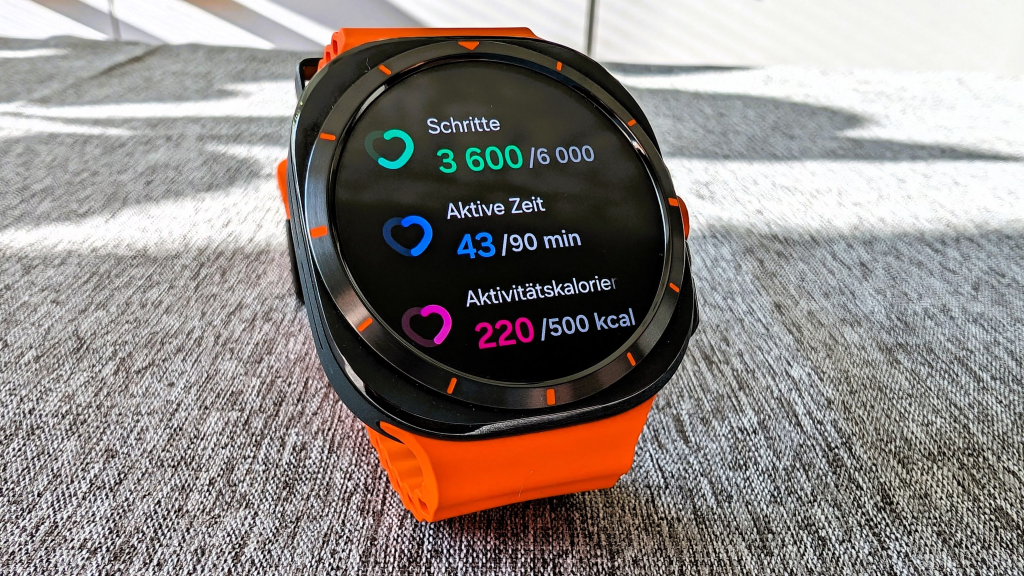
1. Antioxidant Index: The World’s First on Your Wrist
Samsung’s Galaxy Watch 8 features the world’s first antioxidant index on a smartwatch, and it reveals a feature already generating buzz. The watch uses its BioActive sensor to detect carotenoid levels in your skin, pigments contained in brightly colored fruits and vegetables, by emitting light at varying wavelengths and measuring reflection. Following a simple five-second thumb press on the sensor, customers are awarded a score from ‘very low’ to ‘adequate’, providing immediate feedback on whether they are eating enough fruit and vegetables for the World Health Organization’s recommended 400g per day.
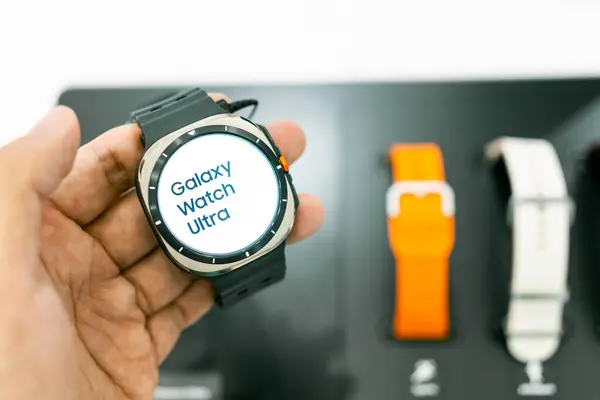
Though the index is revolutionary, its accuracy remains in doubt. As Victoria Song at The Verge found, even a Cheez-It cracker a highly processed snack orange-colored could trick the sensor. Samsung does admit that the metric is measuring skin carotenoids, not all antioxidants, and cautions that stress, alcohol, and smoking can also bring down your score. Nonetheless, for those who hate counting calories or food logging, the antioxidant index provides a new, if flawed, means of tracking healthy habits. As Hon Pak, the head of Samsung’s digital health, noted during Unpacked, “This index provides you with instantaneous feedback to boost healthier habits, such as increasing the amount of fruits and vegetables you eat.”

2. AI-Powered Running Coach: Personalized and Persistent
The Galaxy Watch 8’s running coach isn’t merely another fitness watch it’s an adaptive, AI system that responds to your performance. The journey starts with a 12-minute jog, during which the watch allocates a performance level and creates a four-week plan according to your goal, whether it’s a 5K or a marathon. The coach gives you real-time pace, encouragement, and even rest and recovery tips, all adjusting as you move along.
Early testers have found the coach both demanding and motivating. One critic wrote, “Initially, I loathed the incessant pace check-ins… But then, when I desperately just wanted to call it quits, I began to anticipate the next update, knowing that it meant I’d been on my feet for one more minute.” (the running coach pissed me off, but it earned my respect) The system also learns from sleep and activity levels to adjust recommendations, providing a degree of customization that makes it stand out from fixed training plans.
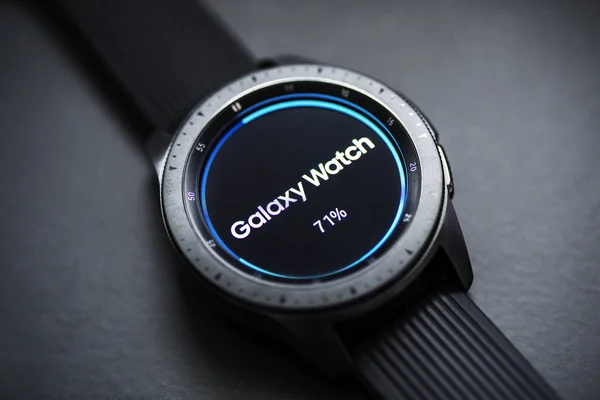
3. Vascular Load: Clinical Insights, Now Automatic
Samsung’s attention to preventative health comes into a focus with the new vascular load measurement. Employing photoplethysmography (PPG) waveform analysis at night, the watch estimates arterial stiffness a crucial measure of cardiovascular health without a visit to a clinic. Once baseline data are collected for three nights, users can track whether their vascular load is going up or down, with the watch presenting recommendations to enhance cardiovascular health, such as healthier sleep or greater exercise.
This is more than a gimmick. As Hon Pak described, “It provides insight into blood vessel stiffness a critical marker for cardiovascular health. Speedier [pulse] wave timing means higher stiffness and risk by catching these earliest signs of strain.” (insights into your cardiovascular health) For users who care about fitness, it’s a concrete means of monitoring the effects of lifestyle shifts over time.

4. Bedtime Guidance and Sleep Analytics: More Than Counting Hours
Sleep monitoring is not new, but the Galaxy Watch 8 advances it with AI-powered sleep advice. Following three nights of wear, the watch reviews circadian rhythms and sleep pressure to recommend an optimized bedtime window. It adjusts to changes in work hours or sleep patterns. Notifications remind users as their best window is about to open, helping tackle the increase in ‘bedtime procrastination’.
Vikki Revell, a sleep researcher at the Surrey Sleep Research Centre, highlights the significance: “One study looked at over 60,000 UK adults and showed that sleep regularity was a stronger predictor of all-cause mortality than sleep duration.” (sleep regularity and health outcomes) For those who already track their sleep, the added context and actionable advice may be the upgrade they’ve been waiting for.
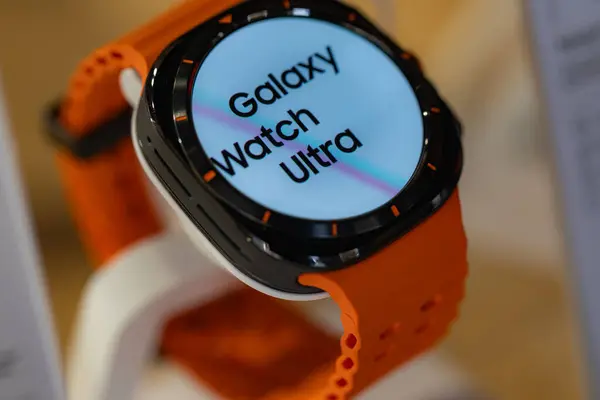
5. Rotating Bezel and Cushion Design: Form Meets Function
Samsung’s design philosophy is in full evidence with the reappearance of the rotating bezel on the Watch 8 Classic. The haptic control, revered for its pleasing clicks and durability against sweat or rain, is a fan favorite. As described by one reviewer, “There’s something inherently satisfying about twisting your way through tiles and menus with a reassuring click rather than swiping at a tiny screen.” (the Classic is back).
The new ‘cushion’ case design, taken from the Ultra, lends the watch a sophisticated, high-end look. The elevated glass screen and enhanced comfort take care of complaints over earlier models, turning the Watch 8 into a fashion statement as much as a working tool. The bezel on the Classic version even provides additional protection for the screen a convenient consideration for busy owners.
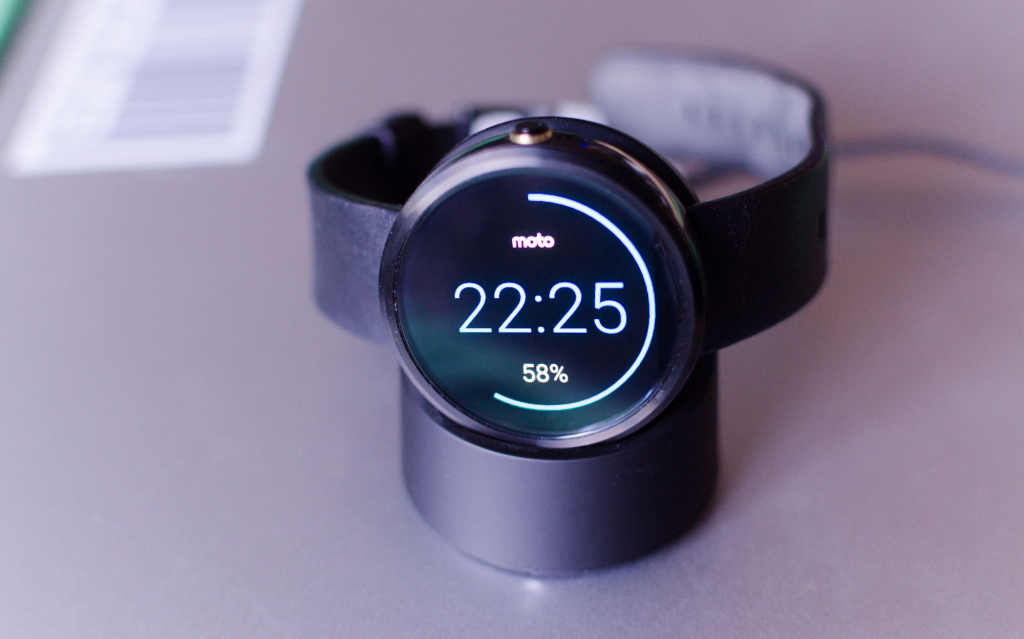
6. Wear OS 6 and Gemini AI: Smarter Interactions
The Galaxy Watch 8 becomes the first smartwatch to release with Google’s Wear OS 6, augmented by Samsung’s One UI and complete integration of Google’s AI assistant Gemini. Gemini allows users to carry out cross-app actions, access calendar events, and find answers without having to grab their phone. Although some operations, such as navigation, still need a connected phone, the whole experience is significantly more fluid.
Another reviewer noted, “I was pleasantly surprised by how well and how quickly Gemini was able handle functions on the wearable itself, as well as answer my questions.” (Gemini on your wrist) For Android faithful, this kind of integration is a step forward in on-wrist productivity.
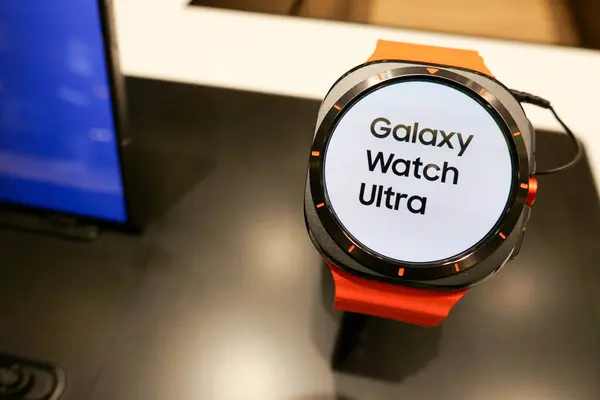
7. Battery Life and Everyday Usability: Small Gains, Big Impact
Although the Galaxy Watch 8 battery life is not record-setting, it provides worthwhile enhancements. The 325mAh battery on the 40mm model provides up to 30 hours of usage with the always-on display active an improvement over earlier generations. Wireless charging and a more power-efficient processor ensure that the watch is always ready.
As one early judgment summed up, “The Galaxy Watch 8 will provide you with about 30 hours maximum with the screen set to Always On. This is fine, but it still means that in real-life scenarios, you’re probably going to have to charge your watch every day and a half.” (battery life sticks around 30 hours) For most users, the combination of improved comfort, display brightness, and battery performance makes the Watch 8 a practical daily companion.
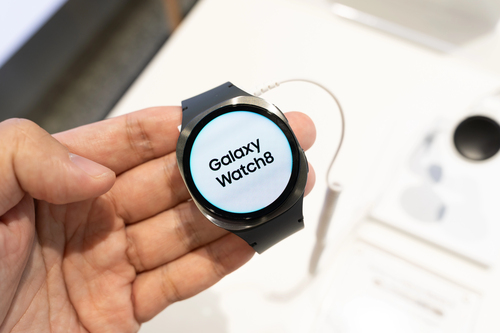
The Galaxy Watch 8 doesn’t merely follow up it stirs. Its combination of clinical-sounding health measurements, AI-driven coaching, and polished hardware is a big leap in the wearables transformation. For fitness aficionados and early adopters, the features are both novelty and value, even when some data raise eyebrows and more evidence is needed. Ultimately, the ambition of the Watch 8 is plain to see: to turn health data from passive monitoring into active, actionable wisdom on your wrist.
